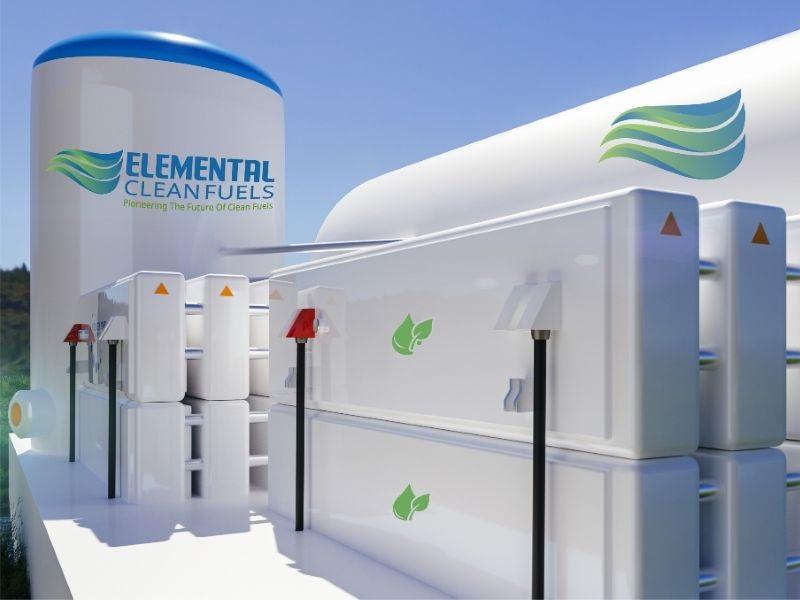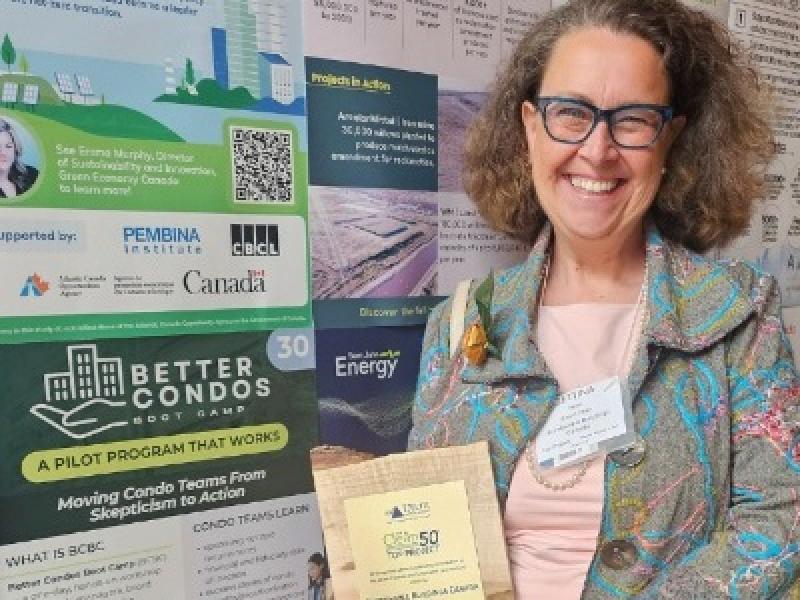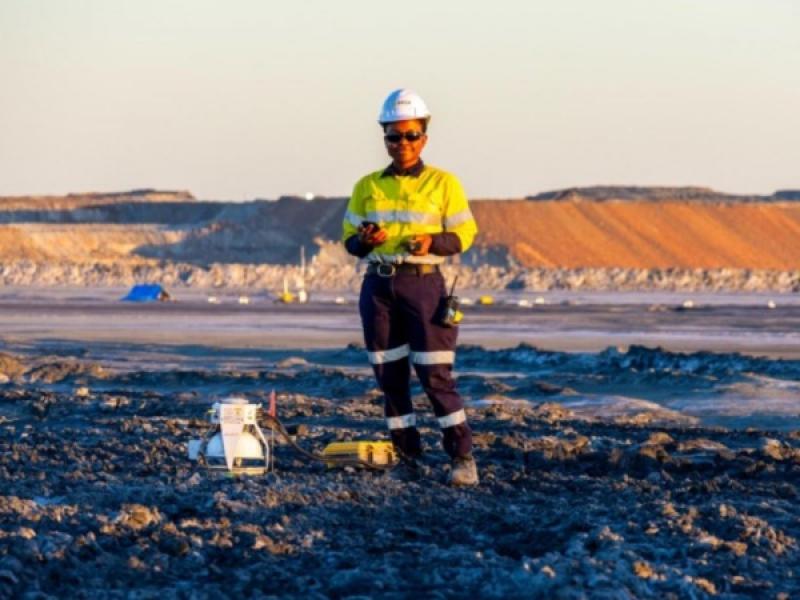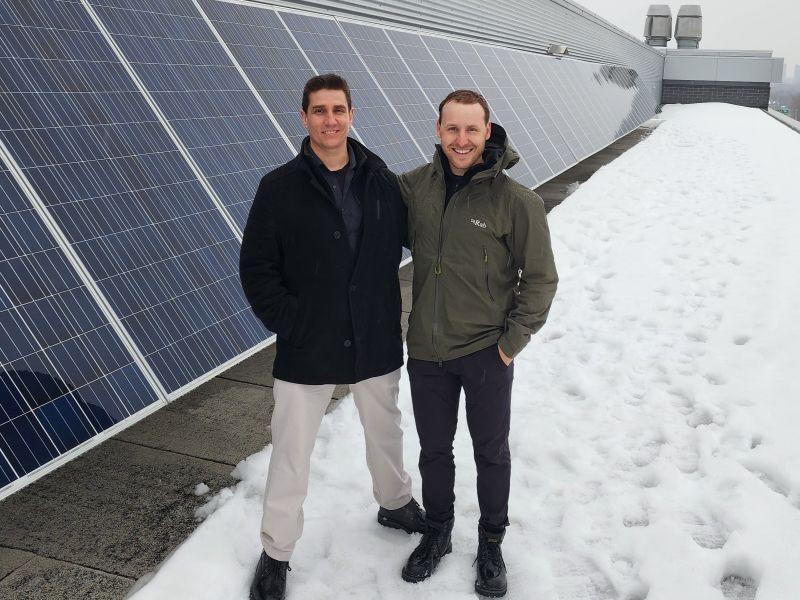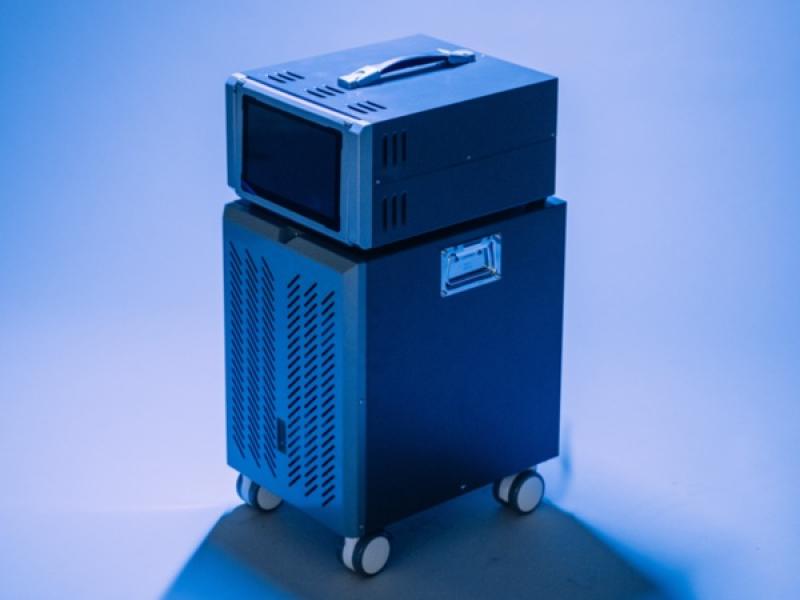
A proposed cross-listing on a U.S. exchange could open up Vancouver-based Battery X Metals Inc. to the world and mature the company beyond “just a startup from Vancouver,” says CEO Massimo Bellini Bressi.
Announced earlier this month, the battery material exploration and technology company entered into an agreement with an unnamed U.S. investment bank as its financial advisor. The bank will guide a potential listing to a U.S. securities exchange such as the New York Stock Exchange (NYSE), the NYSE American or the Nasdaq Composite.
Battery X currently trades on the Canadian Securities Exchange under BATX-CN and the U.S.-based OTCQX under BATXF.
While the company is only exploring the idea and the choice of exchange has not been finalized, Battery X named the Nasdaq Composite, one of the main U.S. stock indices, as its preferred exchange.
“We know there is more visibility, more credibility for those tech companies on the Nasdaq,” Bressi explained in an interview with Sustainable Biz Canada. He acknowledged there will likely be more requirements and costs with a U.S. cross-listing, but the company’s board believes the pros will outweigh the cons and enhance the company's stature as a long-lasting business.
By being cross-listed on a U.S. exchange, the company’s technology that includes boosting electric vehicle (EV) battery life and a more sustainable recycling method, “can be expanded everywhere,” Bressi said. The goal is to put its suite of technologies in front of more manufacturers, technology companies and governments, increasing its credibility and, ultimately, its client base.
Driving ahead on battery rebalancing
A Battery X technology that has been catching the attention of the EV industry is a means of "rebalancing" the cells within EV battery packs. Comparing the process to an oil change for EVs, Bressi said the company aims to address battery degradation that reduces EV range, and to limit the number of EV batteries being disposed of.
After rebalancing the battery pack of a Nissan Leaf, all of the imbalance-related capacity was restored. An electric light-duty truck had its estimated driving range significantly improved, going from approximately 40 kilometers to around 295 kilometres per charge under no-load conditions.
Bressi said the results of the truck testing left him “surprised and optimistic.” But he cautioned the company is still probing how the rebalancing was so successful and whether it is repeatable.
In an early example of how it could be commercialized, Battery X’s subsidiary that is developing the rebalancing technology has entered into a revenue-sharing agreement with a Vancouver-based automotive service centre that specializes in out-of-warranty Tesla cars.
It represents the first commercial deployment of its second-generation rebalancing technology in a customer-facing environment.
Battery X is getting calls from bigger service centres for the rebalancing, Bressi said, and interest is growing faster than expected. To commercialize the technology, Battery X could partner with small and large service centres, he said, including chains at the scale of Canadian Tire or Jiffy Lube.
Another major client base could be battery manufacturers, with Battery X rebalancing EV batteries before the warranty expires.
Battery recycling and metals exploring advancements
Also in development is the company’s technology to recover metals from shredded lithium-ion batteries, known as black mass. Once recovered, the metals such as lithium, nickel, cobalt, copper and graphite can be reused for new batteries, adding another layer to Battery X’s work in the value chain.
The company forged a relationship with an unnamed university to collaborate on recycling research. With the educational institution, Battery X reached 98.6 per cent graphite recovery and 96.3 per cent metal oxide purity using its two-stage flotation process on black mass.
Like rebalancing, “the results are very, very positive and we’re finding things that we didn’t expect in the beginning,” Bressi said about the trials.
The preliminary results of the tests will be presented in the coming months, and Battery X has been invited to recycling industry conferences to share its experiences, Bressi added.
On the mineral exploration side where the company originated, Battery X partnered with fellow Vancouver company TerraDX Technologies to launch an artificial intelligence-powered joint venture for battery metals exploration in Nevada.
Through use of advanced machine learning, the joint venture will work to shorten the time needed to identify deposits of battery metals such as lithium, cobalt and graphite. Battery X wants to figure out how the technology can be applied to its exploration techniques.
“They can expedite the process, they can lower the costs,” Bressi said of TerraDX.
Unlike most of the mining industry, which Bressi characterized as slow to accept innovation, he wants Battery X to be open to the latest advancements, he said.


